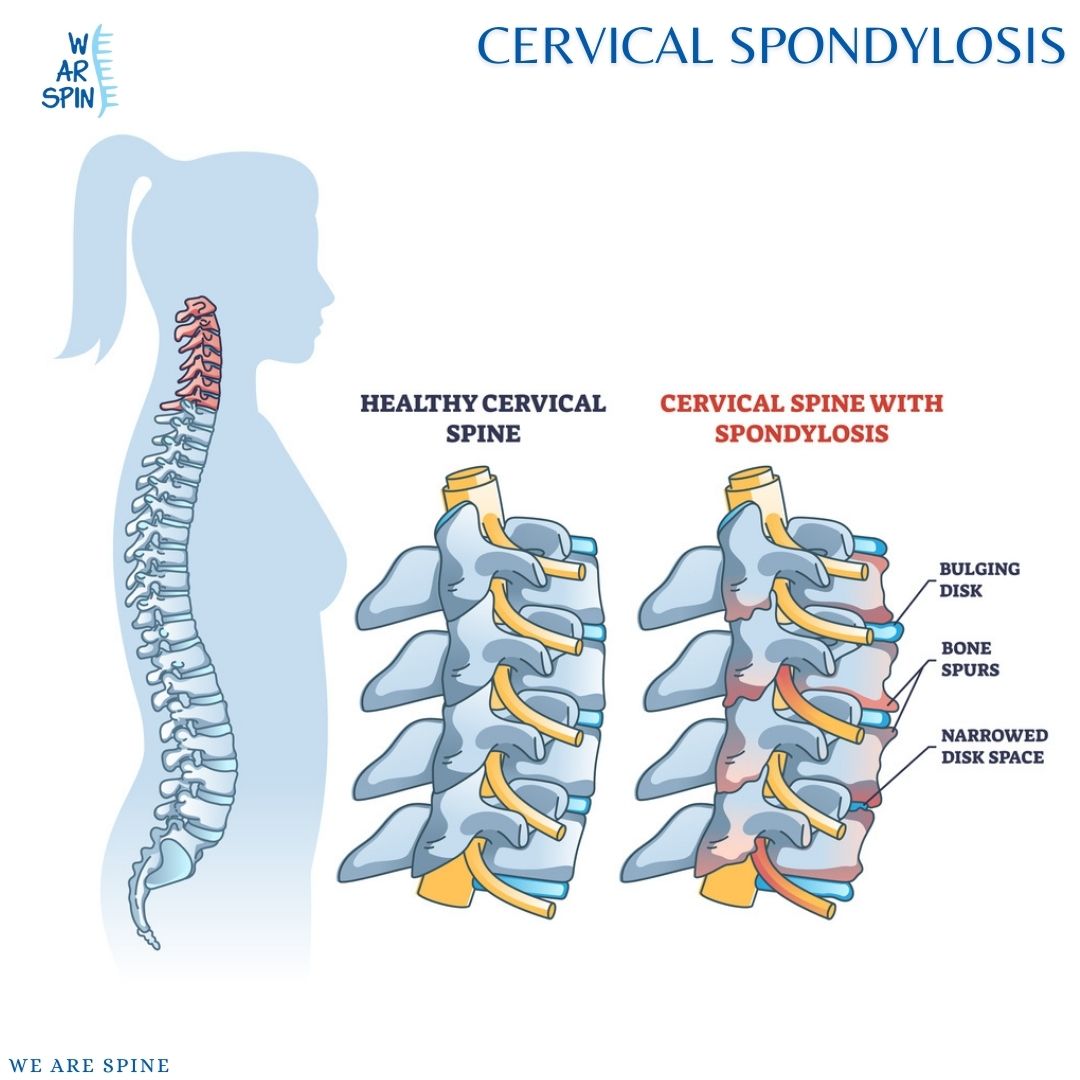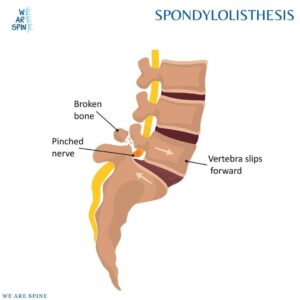
Ankylosing Spondylitis treatment in Mumbai
Ankylosing Spondylitis (AS) is a chronic inflammatory condition that primarily affects the spine and sacroiliac joints, leading to persistent back pain, stiffness, and reduced mobility. Over time, ongoing inflammation can cause fusion of the vertebrae, resulting in decreased flexibility and altered posture. If you are seeking Ankylosing Spondylitis treatment in Mumbai, early diagnosis and specialized care are essential to manage symptoms effectively, improve spinal mobility, and enhance your quality of life through personalized treatment plans and advanced diagnostic techniques.
Symptoms of Ankylosing Spondylitis
- Chronic lower back pain and stiffness, especially in the morning or after inactivity
- Limited spinal flexibility and difficulty bending or twisting
- Fatigue and general discomfort
- Reduced chest expansion leading to breathing difficulties
Causes of Ankylosing Spondylitis
The exact cause of Ankylosing Spondylitis (AS) is not fully understood, but it is believed to result from a combination of genetic and environmental factors:
- Genetic Predisposition: The presence of the HLA-B27 gene significantly increases the risk of developing AS. However, not everyone with this gene will develop the condition.
- Immune System Response: AS is an autoimmune-related disease, where the immune system mistakenly attacks healthy tissues, causing inflammation in the spine and joints.
- Environmental Triggers: Certain infections or environmental factors may trigger or worsen the inflammation in genetically susceptible individuals.
- Family History: Having close relatives with AS increases your chances of developing the disease.
Understanding these causes helps in early diagnosis and targeted treatment to manage symptoms effectively.
Treatment Options for Ankylosing Spondylitis
Although Ankylosing Spondylitis has no cure, proper management can control symptoms and improve quality of life.
1. Conservative Treatments:
- Anti-inflammatory medications
- Physical therapy to improve posture and spinal mobility
- Targeted exercise and stretching programs
2. Surgical Options (for severe cases):
- Osteotomy: Realignment of the spine to correct deformities
- Laminectomy: Decompression surgery to relieve nerve pressure
Understanding these causes helps in early diagnosis and targeted treatment to manage symptoms effectively. Early detection and a multidisciplinary treatment approach are key to maintaining function and slowing progression. If you are looking for expert Ankylosing Spondylitis treatment in Mumbai, book a consultation with our Spine specialists today to create a personalized care plan and improve your quality of life.
Frequently Asked Questions (FAQs)
What are the common ANKYLOSING SPONDYLITIS symptoms?
Early recognition of ANKYLOSING SPONDYLITIS symptoms like chronic back pain, stiffness, and reduced spinal mobility is crucial for timely diagnosis and treatment.
What are the best ANKYLOSING SPONDYLITIS treatment options available?
ANKYLOSING SPONDYLITIS treatment typically includes medications, physical therapy, lifestyle changes, and in severe cases, surgery to manage pain and improve mobility.
How is ANKYLOSING SPONDYLITIS diagnosis performed?
ANKYLOSING SPONDYLITIS diagnosis involves physical exams, imaging tests like X-rays or MRI, and blood tests such as HLA-B27 to confirm the presence of the condition.
When should I consult an ANKYLOSING SPONDYLITIS specialist?
If you experience persistent back pain and stiffness, consulting an ANKYLOSING SPONDYLITIS specialist early can help with accurate diagnosis and effective management.
What is ANKYLOSING SPONDYLITIS and how does it affect the body?
ANKYLOSING SPONDYLITIS is a chronic inflammatory disease affecting the spine and sacroiliac joints, leading to pain, stiffness, and potential fusion of vertebrae over time.










